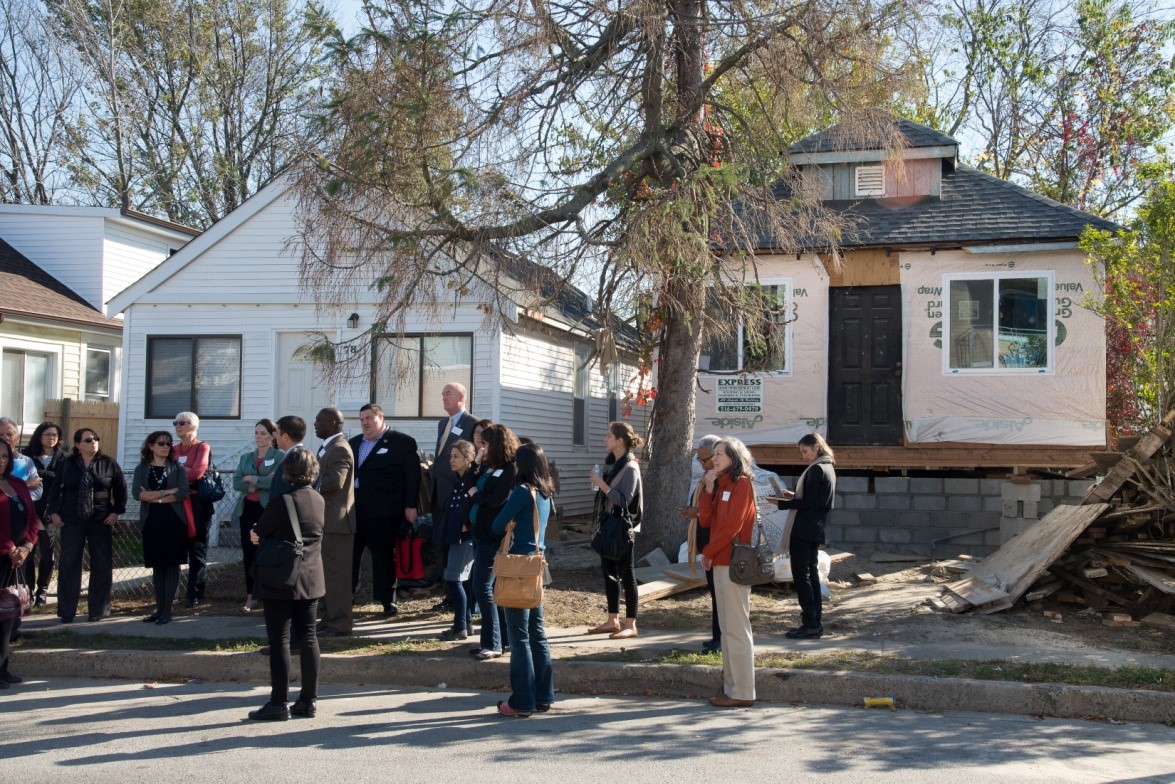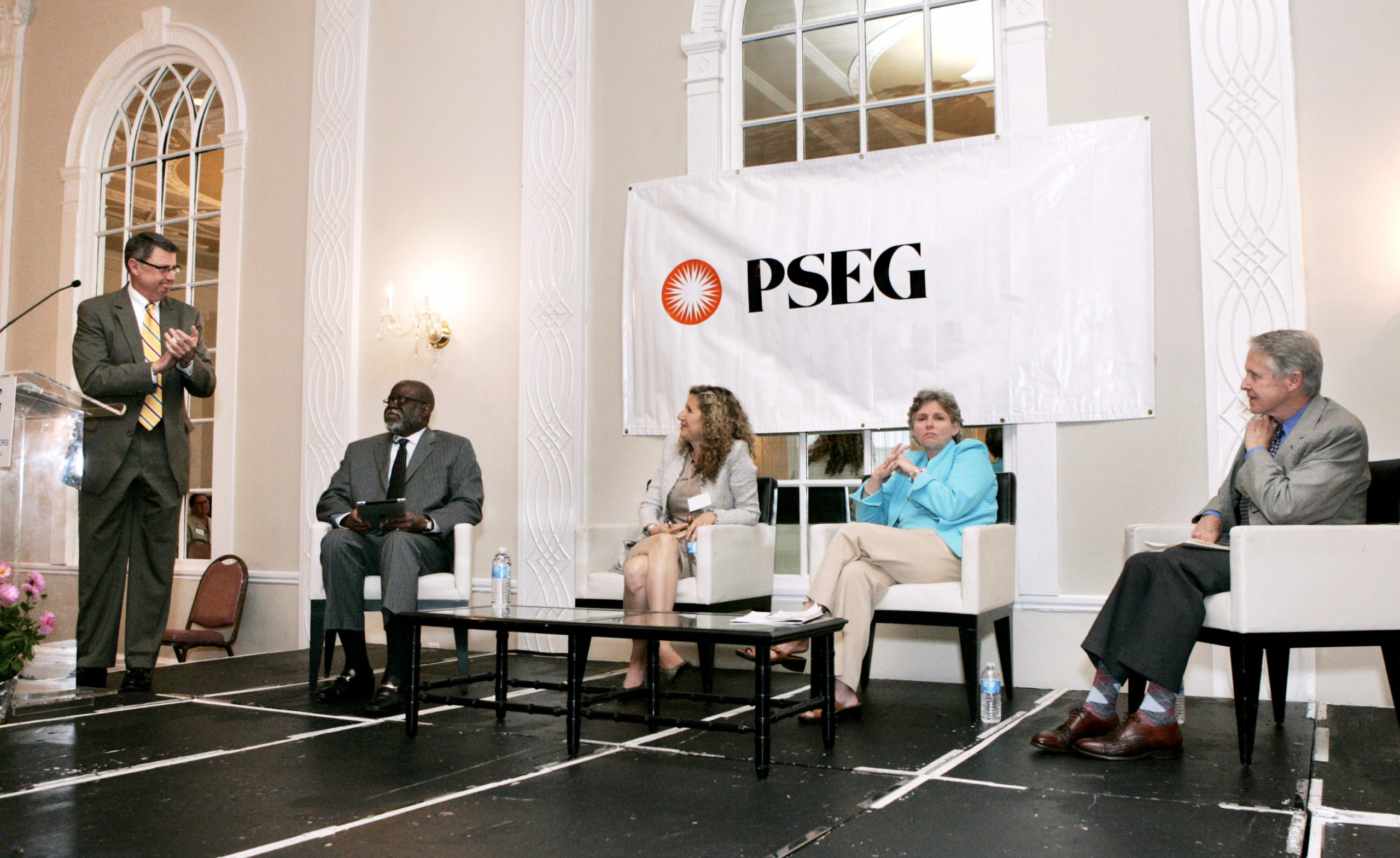Disaster Philanthropy Playbook
Response Strategies for Regional Associations
Introduction
Our nation’s philanthropic sector is served by a robust community of 33 regional associations of grantmakers. Each regional association serves a specific geographic area: some are focused on serving a single metropolitan area, while others may serve a region that spans several states.
Regional associations of grantmakers promote the growth and effectiveness of philanthropy to improve lives in their communities by:
- Delivering educational programming and resources in order to strengthen grantmakers so they can meet community and global needs.
- Bringing together grantmakers and coordinating grantmakers with grantseekers.
- Informing donors, their advisors, the media, and the general public about all forms of philanthropy.
- Communicating the value of philanthropy to local, state, and national policymakers and the media.
- Sustaining and supporting all types and sizes of grantmakers, aiming to represent the majority of endowed giving organizations in their region.
The regional associations work collaboratively with the Forum of Regional Associations of Grantmakers – a philanthropic network comprised of the 33 regional associations of grantmakers with more than 5,500 participating philanthropic organizations, making it the largest network in American philanthropy.
- With their connection to their region’s philanthropic community, regional associations are well-positioned to assist their members and their region in a variety of ways regarding disaster preparedness and response.
- Regional associations can establish or strengthen relationships between the philanthropic community and local and state government leaders in advance of a disaster by holding meetings between these groups to build consensus and commitment around preparedness and response strategies.
- Regional associations can provide leadership and stewardship to the philanthropic community as it works to respond in the immediate aftermath and the long-term recovery.
- Rumors and inaccurate information are commonplace during the aftermath of a disaster and throughout the long-term recovery process. Regional associations can help the philanthropic community gain access to and understand accurate information.
- Pre- and post-disaster work not only benefits philanthropic members but also first-responders, their nonprofit community-at-large, local and state government officials, and the residents of the communities they serve.
- Power outages are likely to occur; have a plan in place for how you will communicate with your philanthropic community.

Innovative Practices
Regional associations can respond strategically to assist their philanthropic members and communities to recover from a disaster by:
- Acting as an information-hub.
- Share timely and relevant information on the affected region with your members.
- Create a dedicated area on your website focused on relief, response, and recovery activities and information.
- Be prepared to share information and the latest news stories for several to many years following the disaster.
- Serving as a convener
- Establish a weekly conference call for your members to hear updates and share information. [Click here to read about the Council of New Jersey Grantmakers’ weekly Post-Sandy Funder Briefing Series launched in the days following Superstorm Sandy.]
- Schedule in-person meetings for your philanthropic community to meet with immediate relief response team leaders, nonprofit organizations who are best positioned to respond in the short and long-term, local, state and federal government personnel including FEMAFederal Emergency Management Agency representatives.
- Serving as a liaison and connect your local philanthropic leaders to:
- State & federal disaster recovery personnel (FEMAFederal Emergency Maagement Agency, HUDFederal Office of Housing and Urban Development, state commissioners, county government officials, and local mayors and business administrators).
- National funders with disaster experience.
- Regional and national experts on disaster response and recovery.
- Local and regional nonprofits and LTRGLong Term Recovery Group’s who are leading recovery efforts.
- Educating your members (via webinars, meetings, conference calls, listserve, etc.) on:
- The stages of disaster recovery.
- The process by which federal recovery dollars are approved and allocated
- understanding FEMAFederal Emergency Management Agency.
- The many different NGONon-governmental Organization’s who typically respond to disasters.
- Hosting webinars, conference calls, and/or meetings with expert speakers and local leaders who can share valuable information on the process and progress of your region’s recovery.
- Conducting and coordinating site visits for your members to view the impacted area(s).
- Conducting research and analysis of your region’s philanthropic response as well as research on your community’s needs post-disaster.
- Encouraging your members to establish a grantmaking response strategy and work collaboratively with your membership to identify gaps in recovery.
- Cooperating and sharing information with nearby regional associations (if relevant).
- Communicating with the Center for Disaster Philanthropy and your colleagues in the Forum Network in order to take full advantage of this nation-wide support system and knowledge-base.

Key Takeaways
- The regional associations of grantmakers’ strong network, in collaboration with the Forum, makes them a very important player in disaster preparedness and response with a unique ability to positively impact the lives of those affected by disaster(s).
- Regional associations can help establish or strengthen relationships between the philanthropic community and local and state government leaders, provide leadership and stewardship to the philanthropic community, offer services and programs that help the philanthropic community to avoid duplication, and encourage collaboration.
- Regional associations should be prepared to:
- Act expediently.
- Connect the philanthropic community to the key stakeholders involved in the recovery.
- Disseminate breaking news and timely, accurate and relevant information and updates that describe the changing landscape that is disaster recovery.
- Add staff capacity to their own organizations (permanent, temporary or contract staffers).
Regional Associations Who Contributed to This Section
Associated Grant Makers
Connecticut Council for Philanthropy
Council of Michigan Foundations
Council of New Jersey Grantmakers
Florida Philanthropic Network
Grantmakers of Oregon and Southwest Washington
Grantmakers of Western Pennsylvania
Maine Philanthropy Center
Maryland Philanthropy Network
Minnesota Council on Foundations
NY Funders Alliance
North Carolina Network of Grantmakers
Philanthropy Colorado
Philanthropy Network Greater Philadelphia
Philanthropy New York
Philanthropy Northwest
Philanthropy Ohio
San Diego Grantmakers
Southern California Grantmakers
Wisconsin Philanthropy Network